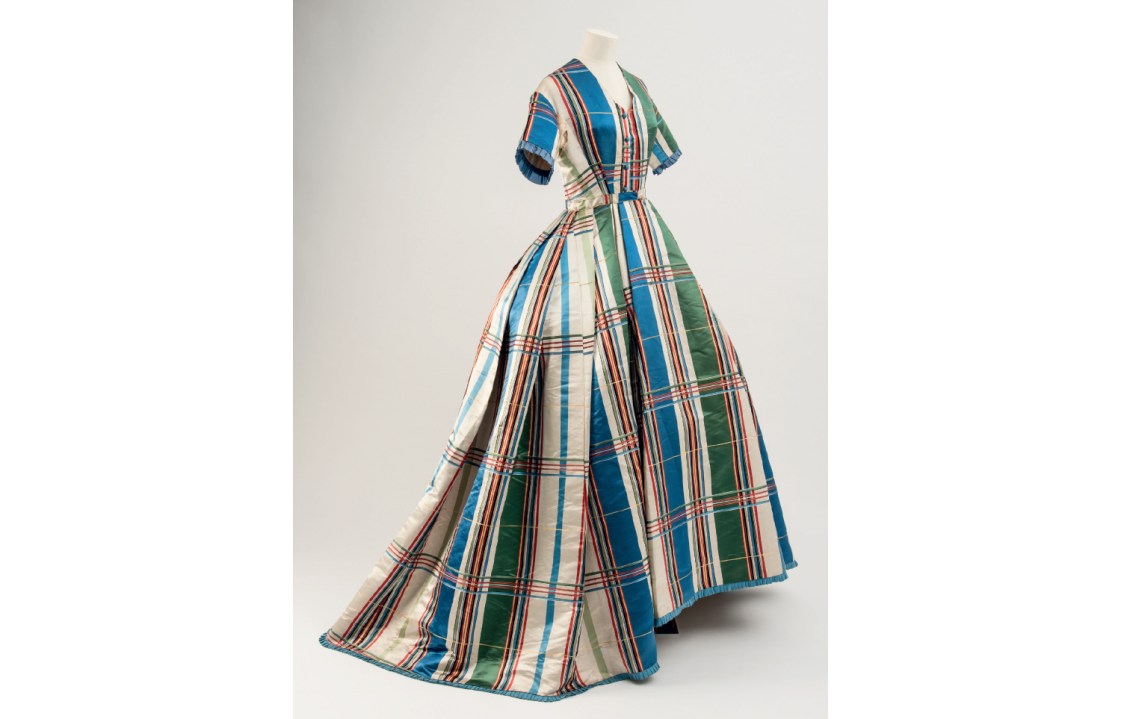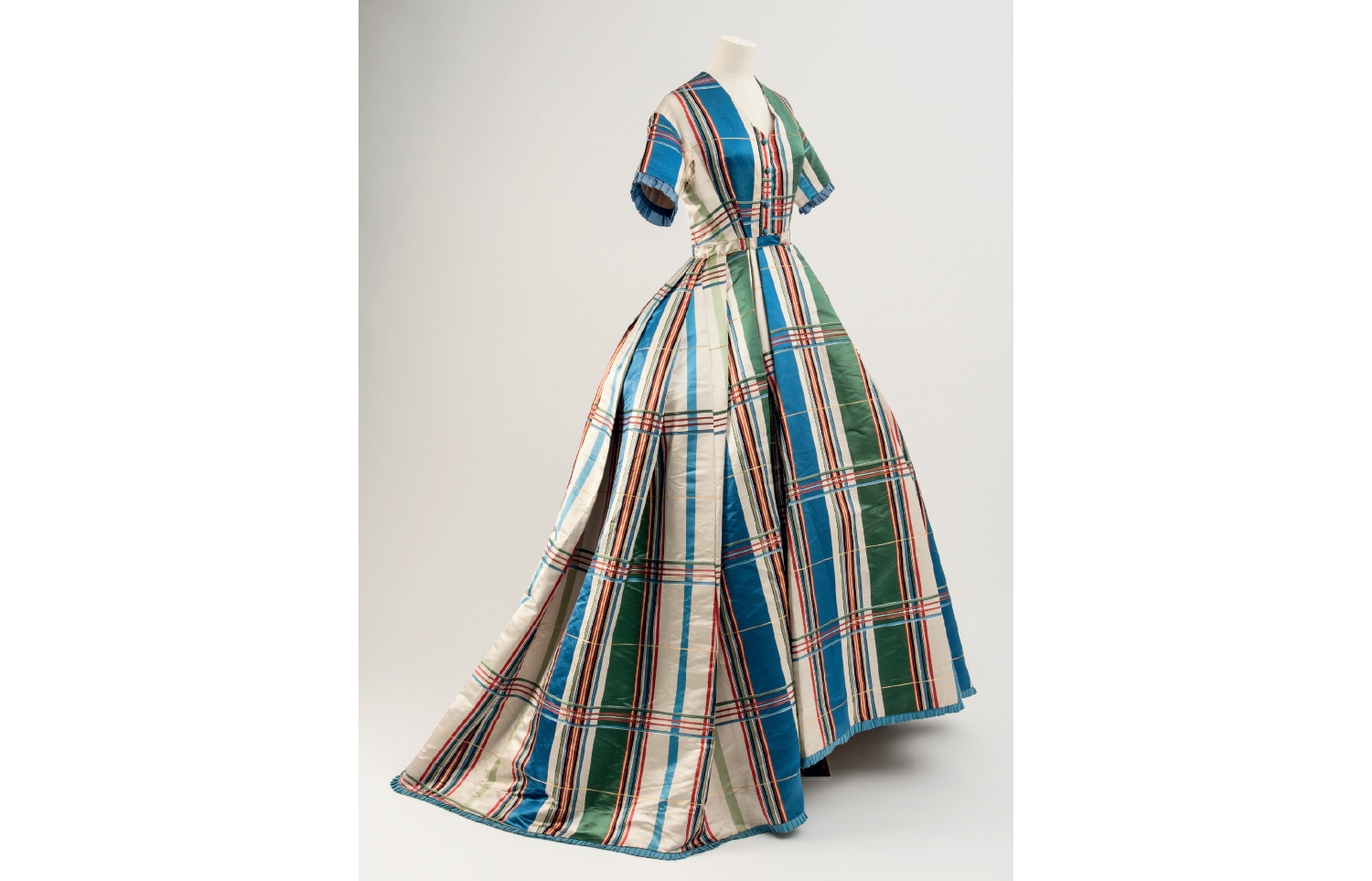Criss-crosses, everywhere: 300 objects covered in them. The exhausting range and depth of the world’s most famous pattern is on full display at the V&A Dundee’s vast new exhibition.
Tartan is a more genuine emblem of Scottish nationhood than the famous deep-fried Mars bar, which no one really eats. But it’s not uniquely Scottish. Plaid has been worn across western Europe for hundreds of years, then was claimed by Scotland as the symbol of the nation, now recognised the world over. It’s even a political weapon. In the recent SNP leadership election, the outsider Ash Regan wore practically nothing but the fabric. Ian Blackford has in the past unnerved many a viewer when he bent down in his kilt to lay a wreath at the Cenotaph. And Nicola Sturgeon even wore a tartan face mask during the pandemic.
I saw a tartan teapot, a tartan guitar, a stuffed tartan crocodile, a tartan Xbox controller
At the V&A, I saw a tartan teapot, a tartan guitar, a stuffed tartan crocodile, a tartan Xbox controller. One of the best items is Scotland’s oldest tartan, the Glen Affric, found in a peat bog in the Highlands four decades ago. Radiocarbon testing has dated it between 1500 and 1655. The wetlands have preserved it remarkably well.
Tartan is highly regulated. There exists a Scottish Register of Tartans, a government-sponsored department launched in 2009. In the exhibition’s first room, we are immediately told the rules of ‘the grid’. Tartan has to be a minimum of two colours, producing a third where they meet. The pattern formed by the warp and weft is called a ‘sett’. Everything has to be in perfect balance. It’s slightly officious and intimidating. I’d always believed that identifying a tartan pattern was more akin to Kenneth Clark’s maxim in Civilisation: I know it when I see it.









Comments
Join the debate for just £1 a month
Be part of the conversation with other Spectator readers by getting your first three months for £3.
UNLOCK ACCESS Just £1 a monthAlready a subscriber? Log in